|
Yes, it's been a long time in coming, but we will now resume our "Choosing a Vintage SLR System" series. Previous articles delved into the Big 5's (Canon, Minolta, Nikon, Olympus, and Pentax) manual focus (MF) 35mm SLR ecosystems, breaking them down into five main sections: 1) Lenses, 2) Bodies, 3) Flash, 4) Accessories, 5) Reliability & Servicing. We will now start digging into a series of smaller Japanese manufacturers that, while perhaps not as well-known nor heralded, were certainly influential in the industry and can offer interesting alternatives to the Big 5 in your search for an SLR system. We (re)start with CONTAX/Yashica, a collaboration between Zeiss and Yashica. As before, we will confine our consideration to the MF system, which is where C/Y made their greatest mark (their Auto Focus or AF system, unfortunately, never amounted to much, in spite of a promising R&D program in the early-'80s).
4 Comments
Updated Sept. 25, 2021 If you have bought an old 35mm kit at some point (or five...or fifteen...you'll get no judgment from me ;-)), you have likely encountered a polarizing filter in among the customary packet(s) of lens tissues, bottle(s) of cleaning fluid (either unopened or completely evaporated), a blower brush that develops negative thrust, crummy 2x converter (usually described as a lens ;-)), and a gaggle of other accessories to the crime. Of all that seeming detritus, the polarizer could prove to be the most useful to you in your photographic journey. But like any tool, it can be misused, overused, and in some cases even prove detrimental to your camera's metering or focusing performance, and image quality. So how do polarizers work? How can you maximize their performance? And which type of polarizing filter will be right for you? Updated May 10, 2024 Ka-Chang! Ka-Chang! Ka-Chang! The 1980s were anything but unobtrusive, so it should come as no surprise that the N2000 (F-301 outside of the US & Canada), Nikon's first SLR with internal, automatic film winding, was not bashful in its efforts to advance 35mm film to the next frame. This by no means distinguished it from its peers as there were no truly quiet motorized film advances until the '90s came along. Long spurned by Nikonistas due to its cardinal sins of: 1) Complete battery reliance, 2) Hybrid construction (READ: it's not all-metal...gasp!), and 3) Automation for everything but film rewind and auto focus, the N2000 is an all-time sleeper among Nikon SLRs (although the ruckus it makes when you squeeze the shutter release would serve as an effective alarm tone on your smartphone ;-)). It was Nikon's last proper, in-house, clean-sheet, manual focus SLR design (don't get me started on the FM-10/FE-10 imposters or the oddball N6000/F-601M that supposedly replaced the N2000, but was just a de-contented MF version of the AF N6006/F-601). But there was more to this under-the-radar SLR than just a fancy film advance system. Updated June 21, 2024 It is common knowledge among Nikonistas that the Series E line of lenses are unworthy of the Nikkor designation, due to the copious amounts of "plaaaastic" in their construction and their intended audience of wet-behind-the-ears beginner hacks (the only thing worse than "plaaaastic" to a Nikonista is a "baaaattery", always uttered with head reared back and clenched fists shaking at the heavens). Even having "Nikon" engraved on these "re-badged third party" lenses went way too far for these gatekeepers. Seeing as the little EM consumer SLR that the E lenses were designed for deservedly "failed" on the market (selling a paltry 400,000+ units in its first full year of worldwide distribution and "only" 1.5 million in less than 5 years overall) it should come as no surprise that the Series E line of lenses turned out to be one of Nikon's greatest blunders. Read on to see how they barely survived and the lessons they learned (or rather, failed to learn ;-)). Updated May 2, 2023 Three decades...Six (and-a-half ;-)) models...ONE platform. Approximately 4.5 million bodies sold. That makes the compact enthusiast/semi-professional manual focus line of Nikon SLRs the longest-lived chassis in the history of the marque, and arguably, the most successful. Spurred on somewhat by the success of the Olympus OM bodies but mostly by the groundbreaking Canon AE-1, Nikon's foray into the world of compact SLRs first bore fruit in 1977 with the FM, and ended up with an "old vines" distillation of body and flavor with the FM3A in 2001. But there was a lot of ground covered between those bookends. So which one will be right for you? Let's dig in :-) Expectations. That is what it really comes down to. More than the optical performance, build quality, or outright cost (all of which can vary wildly) of any vintage aftermarket lens, it is your level of expectation that should determine whether you bother with them at all. If you are expecting OEM-grade (Original Equipment Manufacturer) performance and build quality out of something that was originally half-or-less of the cost, you are going to be disappointed. It is as simple as that. However, if you reasonably expect (oh come on, since when does that apply on the Interwebs ;-)) somewhat-lesser-but-still-capable performance from that $10 or $20 flea-market find, you may find yourself completely satisfied with a third-party alternative. Well now. That took care of that in short order. Cheerio... Okay...okay...okay. You know I can't leave well-enough alone. Read on if you feel the need for a long-winded, over-analyzed version of the above. Otherwise, just go out and keep snapping away with any cheap old light-sucker you find. After all, ignorance is bliss... ;-) Updated Nov. 3, 2021 In an earlier article, we looked at the differences between the Nikon F3 & F4 and how they might affect your purchase and/or usage of either body. Not being able to leave well enough alone, I thought, "seeing as you can purchase an excellent F2 Photomic or Photomic A or a plain F3 for $250 - $300 USD, what if we tried the same sort of comparison between the F2 and F3?" I mean, what could possibly go wrong in attempting a dispassionate, objective analysis of two excellent SLRs made by Nikon? Oh...right...we are dealing with two groups of people: 1) those that believe that the SLR reached perfection in 1971 and everything since is an abomination against the laws of nature, aka "Knights of the Order of F2" (referred to henceforth as KOTOOF2), and 2) everyone else. ...waits 5 seconds... Okay...now that the pitchforks, torches, burning effigies, and other accoutrements to a rational discussion are at hand, let's wind the clock back to 1980 and the seismic shift that occurred in the Kingdom of F. In the manual focus (MF) era, the XD was arguably Minolta's biggest step forward technologically. It was the first 35mm SLR to feature both aperture- and shutter-priority auto exposure modes and all within the flanks of the first compact Minolta SLR body. The new form factor and added electronic sophistication necessitated the adoption of integrated circuits (ICs) by Minolta. The XD was thus far more complex electronically than its predecessor, the XE, which did have an electronically-controlled shutter and aperture-priority, but was still largely mechanical in its actual operation. The XD's basic electronic layout would prove to be the pattern for all subsequent manual focus Minoltas (including the XG and X-xxx series). And it was the XD that made capacitors front and central in the basic operation of the mirror and shutter assemblies of every succeeding Minolta MF SLR. Capacitor failures are few and far between with XDs and the majority of XGs, but became much more prevalent with the X-xxx series. My personal X-700 fell victim to "capacitor-itis" almost 20 years ago, but my XD 11 has never skipped a beat. That set me to wondering... I don't know if Rodney Dangerfield was into photography, but if he was he must have used f/3.5 lenses, judging by the way he was always bugging his eyes out. Which would be understandable, because any half-baked photographer knows that f/3.5 is a raging vortex where photons go to die, leaving your eyes straining for the faintest trace of light. Not to mention the utter impossibility of achieving anything remotely resembling shallow depth of field (DOF) with such an infinitesimal iris. No proper lens jockey would be caught dead with such a miserable excuse for a photographic tool. So if you have any remaining shred of photographic self-respect, let me save you the trouble now of reading any further ;-). The 1980s were the heyday of the quality, yet relatively affordable, automatic auto focus (AF) 35mm camera. Competition was intense between manufacturers, and they were constantly trying to leapfrog one another in features and capability. Every year saw some kind of improvement until about 1988 or so, when the inevitable "race to the bottom" really started to heat up. Within this era, the years from 1983 to 1987 were arguably the high-water mark for quality and innovation, and some ingenious engineering. In this article, we are going to key in on a quirky category of cameras that served as a bridge between the original, fixed-focal-length AF point & shoots and the first P&S zooms: the temporary titans of P&S technology..the twin-lens (or bifocal) AFs. Updated Oct. 19, 2021 The mid-1960s were heady days in SLRland. From 1964-66 all of the Big 4 Japanese manufacturers brought out new top-of-the-line enthusiast models: the Pentax Spotmatic (1964); the Nikkormat FT (1965); Canon's Pellix (1965) and FTQL (1966); and the object of our attention in this article...Minolta's SRT (1966). The feature all of these cameras had in common was: built-in through-the-lens (TTL) metering. We take it for granted now, but five decades ago this was revolutionary. Of the five models, the Pentax and Canons used stop-down metering (meaning that the photographer had to manually close (stop-down) the aperture on the lens to get an accurate reading and then focus at maximum aperture). The Nikkormat offered full-aperture metering (the lens remained at maximum aperture for the brightest view and ease of focusing while the meter reading was taken), but required the user to manually index the aperture ring every time that they changed lenses. Then came the SRT-101. Full-aperture metering and the aperture automatically indexed whenever you mounted a lens. No muss, no fuss. And all it took was: Updated Mar. 8, 2024 Maybe it has something to do with the application of the term "vintage" to items over 30 years old, but there is a dead space for most cameras (and many other manufactured goods) that are in the 15 - 25 year old range. Not elderly enough to evoke nostalgia, and far from the cutting edge of current technology, they languish in a veritable no-man's-land. The subject of this article, the F90(X), is in such a place today. If you are a 35mm bargain hunter, and are willing to look past its plebeian polycarbonate pelt...your ship may just have come in :-). Updated Mar. 8, 2024 Coming-of-age. If any term could be applied to Nikon's auto focus SLRs from 1986 to 1991, that one has to be at the top of the list. The transition to AF maturity coincided with Nikon's rise to second place in the overall SLR market to essentially form a duopoly with Canon as the other members of the then-Big 5 (Minolta, Olympus, and Pentax) slid further and further behind, and in Olympus' case, dropped AF SLRs completely. The irony in all of this was that Minolta had gotten the drop on everyone and dominated the first few years in AF SLR sales with their groundbreaking 7000 model. Canon brought out their T80 FD-mount SLR a couple of months after the 7000, and it wasn't even close to the Minolta. So much so, that Canon abandoned further FD-mount AF development and began a crash program to come up with a completely new mount and SLR system. It would be two years before they brought out the EOS 650. For Canon, that would turn out to be time well spent, as the EOS cameras rocketed them to AF SLR sales leadership in rather short order. Nikon got on the board in April of 1986 (over a year after the 7000 made its not-so-subtle entrance). While the F-501 did not surpass the 7000, it was the first true competitor to the Minolta and gave Nikon a toehold (and critically, a one-year head-start over Canon to get established in the market) until they could bring out their second generation enthusiast AF SLR in 1988. By the mid-'90s Nikon had clawed their way past Minolta and tried to maintain pace with Canon in market share (which didn't happen, but they did comfortably establish themselves in second place :-)). Let the retrospecting begin... Welcome to the final installment of our "Choosing Manual Focus Lenses" series. In this article, we will look at the larger picture of lens sets in general and also check out a few options for specialty optics, such as macros and shift lenses.
Zoom lenses really started to come into their own by the late-1970s and became standard equipment with most SLRs by the mid-'80s. Versatility was the name of the game, with such optics sometimes enabling a photographer to replace up to 3 primes with one lens. However, this was not a free lunch; there were always compromises involved. Welcome to Part 2 of Choosing Manual Focus Lenses. We will now delve deeper into the categories of focal lengths and the differences between them. As in the previous post, we will be looking at this in terms of vintage 35mm format manual focus (MF) lenses, but you can use the principles for more modern glass and other formats. WARNING - There may some numbers involved! (I'll try to control myself ;-)) Fun With Focal Lengths In 35mm format: "Normal" lenses range from 40 - 58mm (with 50mm being by far the most common and was the basic kit lens offered with SLRs for years); Wide-angles go from about 28 - 35mm; Extreme wide angles from 15 - 25mm; Ultra-wide angles are less than 15mm; Telephotos from 65 - 300mm; and Super Telephotos are greater than 300mm. All of these categories are approximate, but you get the general idea. We will look at single focal-lengths and, in the next article, discuss how zooms combine several focal lengths into one lens and the advantages/disadvantages of doing so. One of the most daunting experiences for an SLR owner can be deciding which lenses to choose to achieve their photographic goals. The sheer number of possibilities can seem overwhelming when trying to narrow things down to a manageable kit, both expense- and weight-wise. Further complicating matters is that what works well for someone else may be entirely different than what will be best for you. Choosing lenses goes beyond mere quantitative measurements. Your aesthetic sense of how you see the world around you, along with the genres of photography you pursue, and the conditions you will be working in all have a direct bearing on which lenses will be most suitable for you. Too many of us have learned the hard way about which lenses are best suited to our needs and abilities. Trial and error does often eventually lead us to the right conclusions, but with a considerable amount of wasted time, energy, and MONEY. Could there be a better way? Updated May 3, 2022 Here is the second part of the fifth entry in our "Choosing a Vintage SLR System" series for manual focus SLRs. In Part #1 we looked at the Pentax M42 screwmount system. Pentax was the last of the "Big 5" (Canon, Minolta, Nikon, and Olympus being the others) to adopt a bayonet-style lensmount, doing so in 1975. The K-mount has continued to serve (in modified form) into the digital era. For now we will confine ourselves to the manual focus film era. So let's get to it with our standard format of: 1) Lenses, 2) Bodies, 3) Flash, 4) Accessories, and 5) Reliability & Servicing. Updated Apr. 27, 2022 Greetings, and welcome to our fifth vintage SLR system overview, this time featuring Pentax (or Asahi Optical Co. as they were originally known). In this installment we will examine their first SLR system, which (aside from the Asahiflex models) utilized the M42 screwmount introduced by Zeiss in 1949. Over time, such was their success, M42 became commonly referred to as the Pentax screwmount. The M42 mount was used by Pentax for 20 years (1957-76) and today represents one of the most affordable and accessible SLR systems available to the vintage-focused photographer. In the second part of our Pentax overview, we will dig into the bayonet-style K-mount system introduced in 1975, and which is still used (in a modernized electronic form) by Pentax. As usual, we will break things down by: 1) Lenses, 2) Bodies, 3) Flash, 4) Accessories, 5) Reliability & Servicing. Updated Feb. 1, 2022 It had been a slow afternoon. The kind of afternoon you read about in cheap detective novels. An empty bottle sat on my desk. As empty as a Maalox bottle could be after two too many Taco Bell chalupas. "Why?", I asked myself, knowing full well what the answer would be. Fortunately, before I could answer myself, the door swung open. In walked trouble, Nikonista, by the look of the yellow strap hanging out of her handbag with the big, black letters N...i...k...o...n on it. Your learn to pick up on such subtleties after a few years in this business. Updated Dec. 1, 2023 Welcome to the fourth installment of our "Choosing a Vintage SLR System" overviews! It features Olympus, one of the most influential Japanese camera manufacturers. We will work our way through: 1) Lenses, 2) Bodies, 3) Flash, 4) Accessories, and 5) Reliability & Servicing. But first...a little introduction :-). Olympus first came to prominence in photography in the late 1950s and early '60s with their half-frame (18x24mm, which was half of the 35mm frame) Pen series of cameras specifically targeted at the Japanese and later, the European markets. They were designed to be affordable for the average worker and economical to operate while still providing decent quality for an 8x10 print. Olympus sold millions of Pens. Ironically, it was the refusal of Kodak to support the half-frame format in the USA that pushed Olympus into the 35mm arena. For a more in-depth look at this turn of events, see this article. Although Olympus was the last of the major Japanese manufacturers to get into the 35mm SLR game, they made quite the splash in 1972 when they finally joined the fray. The immense influence Olympus exerted on the photographic world was due, in large part, to the efforts of the brilliant designer Yoshihisa Maitani and his team of engineers. The creator of the Pen and OM series was always seeking to do something different, not just copy others, and this does much to explain the success of Olympus over a three-decade period with its film-based equipment. The OM series would do more to reduce the size and weight of 35mm SLRs than any other system. What is more interesting was the impact this had on the other, more well-established manufacturers (Canon, Minolta, Nikon, & Pentax) known as the "Big 4". By the late-'70s, that designation had to be changed to the "Big 5", due to the success of the OMs. So let's take a closer look at all the OM system has to offer. Updated Jan. 9, 2021 The third article in our series "Choosing a Vintage SLR System" takes on the Nikon F-mount, arguably the most well-known, and definitely the longest-lived of all the 35mm SLR bayonet systems. After a brief introduction, we will break down our overview in this format: 1) Lenses, 2) Bodies, 3) Flash, 4) Accessories, 5) Reliability & Servicing. Nippon Kogaku (Nikon) began to build their reputation in the early 1950's as one of the premier Japanese optics manufacturers. Fortune and Life magazine photographers Horace Bristol and David Douglas Duncan were working in Japan and they were introduced to Nikkor lenses for the Leica M39-mount and Contax cameras then favored by photojournalists. Within a few years, Nikon introduced their famed S-mount series of rangefinder cameras that set new standards for rugged reliability. With the success of the Asahi Pentax SLR of 1957, Nikon found itself at a crossroads, with two management factions forming: one wanting to stick with rangefinders, and the other pushing for SLR development. Eventually (and fortunately for Nikon) the SLR project went ahead, drawing much from the SP rangefinder design. The result was the Nikon F of 1959, a professional-oriented machine. A whole line of Auto-Nikkor lenses underwent rapid development in the early '60s, giving Nikon one of the most extensive offerings of the early Big 4 (Canon, Minolta, and Pentax were the other companies). Nikon also developed a large assortment of accessories to increase the performance and versatility of the F: interchangeable finders, focusing screens, motor drives, etc. Throughout the 1960s and '70s, Nikon solidified its reputation as the first choice of photojournalists and widened its scope to include advanced amateurs, and by 1979, to the average consumer. By the early '80s, they had risen to second place in overall sales among the now-Big 5 (Olympus had elbowed its way in during the mid-'70s). That would be the high-water mark for the Nikon manual focus system (and all other MF systems), although Nikon would continue to produce MF bodies and lenses into the 21st century, which was longer than any other major Japanese manufacturer. So let's get going with Nikon. Updated June 30, 2021 Welcome to our second system overview, this time featuring the Canon FL/FD system, in our "Choosing a Vintage SLR System" series. Following a brief introduction we will break things down via the format of 1) Lenses, 2) Bodies, 3) Flash, 4) Accessories, and 5) Reliability & Servicing. Canon was an early entrant into the SLR market in 1959 (the same year as Nikon) with its Canonflex model in what it called the R-mount. Compared to its competitors Asahi Optical Co. (Pentax), Chiyoda Kogaku (Minolta), and Nippon Kogaku (Nikon), Canon got off to a slower start in SLRs as far as sales went. This was due to a couple of factors: 1) Canon remained focused on the rangefinder market as the others went pretty much all-in on SLRs, and 2) the Flex and its immediate descendants the RP, and R2000 were quirky machines with a bottom plate-mounted film advance trigger which was rangefinder-derived. The R-mount, with its breech lock lens coupling, did serve as the basis for the succeeding FL and FD mounts, although it used different internal controls for aperture functions. With the final R-mount camera, the heavyweight RM (1962), Canon went more mainstream with the control configuration and it was their first SLR with a built-in meter. They still remained fourth in sales, however, because they trailed the other three manufacturers in camera/lens automation. Updated Jan. 26, 2021 Welcome to the first system overview in our "Choosing a Vintage SLR System" series! We will proceed through the Big 5 Japanese SLR makers, first looking at manual focus (MF) systems and then auto focus (AF). We will now take an in-depth look at the manual focus "mind of Minolta". Following a brief introduction we will use our usual format of 1) Lenses, 2) Bodies, 3) Flash, 4) Accessories, 5) Reliability & Servicing to break things down. Minolta was the second major Japanese manufacturer to offer a pentaprism SLR with an instant-return mirror behind Asahi Optical Company and their Pentax (1957) model. They introduced their SR & Auto Rokkor (the "auto" stood for the automatic opening/closing of the lens diaphragm) lenses and the SR-2 camera body in 1958. Minolta quickly became the sales leader among the SLR makers and dominated the amateur market in the early 1960's. There was a strong engineering mindset at Minolta and they were not afraid to innovate throughout the next four decades. Various attempts to break into the professional market over the years always seemed to fail market-wise, but Minolta's attempts served to push the boundaries of what a professional SLR could be. The amateur market seemed to be the place where Minolta found its sweet spot. Minolta was also one of the two major manufacturers that made their own glass (the other was Nikon) for their lenses, thus exercising control over the entire lens-making process. Sadly, by 2006, strategic missteps brought about the end of Minolta as a major player in the SLR world, with the camera division being sold to Sony. But there are still treasures to be found in the old Minolta Mine. Let's get digging! System - a group or combination of...interacting elements forming a collective entity Collins English Dictionary Having the concept of "system" clearly in mind goes a long way in making a good choice of any SLR, whether it's vintage film or a brand new digital setup. The camera body on its own, sophisticated as it may be, is of no use without lenses. Other accessories - such as flash units, motor drives, and multi-function backs - increase the capability and versatility of the SLR. Oftentimes, we get caught up in the brand name, appearance, and/or specifications of the SLR body, to the neglect of the rest of the system which will play such a critical role in our photography. The vintage SLR user is spoiled for choice when it comes to selecting a system. We have the Big 5 - Canon, Minolta, Nikon, Olympus, and Pentax - along with a smattering of smaller but still-capable candidates like Contax/Yashica, Fujica, Konica, and Topcon, among others. Which system best fits your needs and wants is obviously a personal decision. How to help you to identify and prioritize your needs is the objective of this article. It will be followed by a series of system overviews for each member of the Big 5. |
C.J. OdenbachSuffers from a quarter-century and counting film and manual focus SLR addiction. Has recently expanded into 1980's AF point and shoots, and (gack!) '90s SLRs. He even mixes in some digital. Definitely a sick man. Categories
All
Archives
June 2024
|
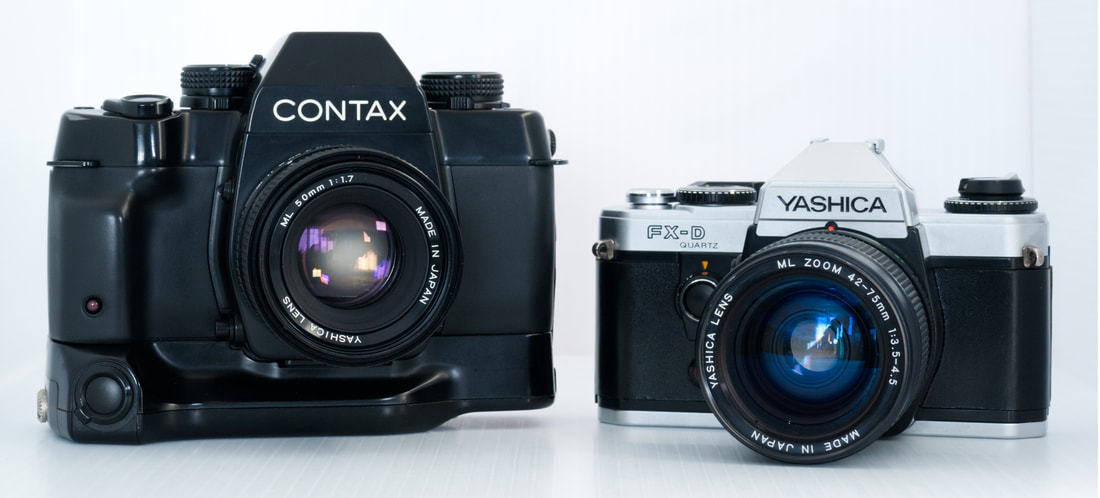
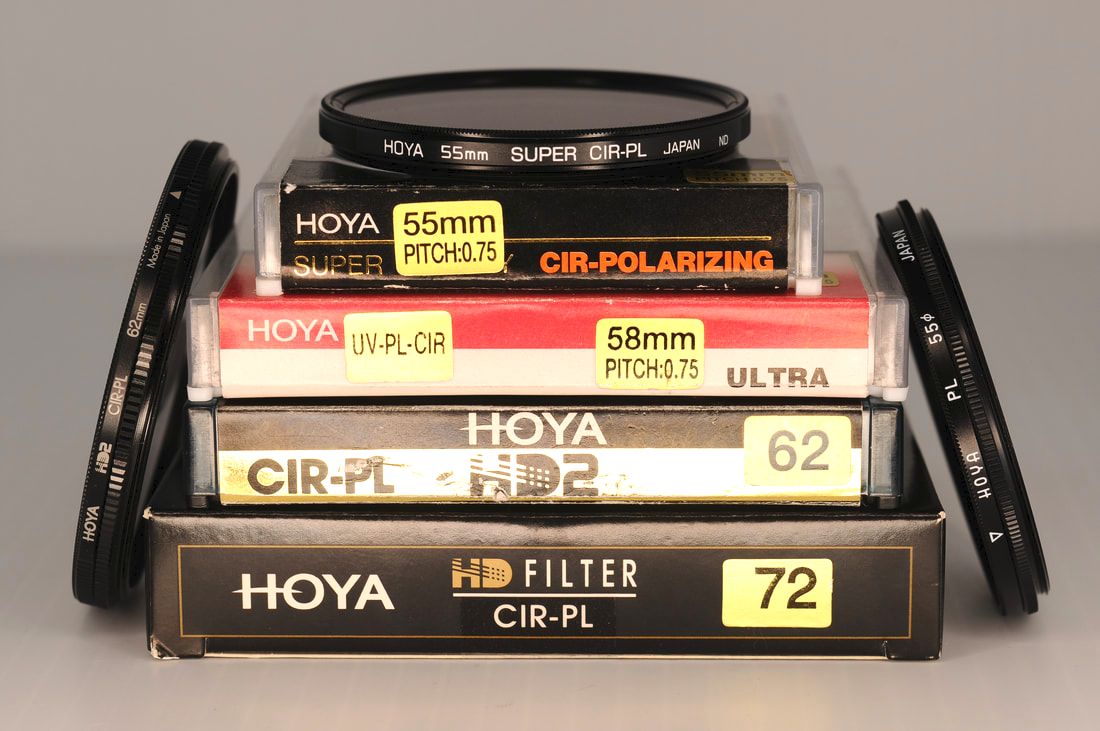
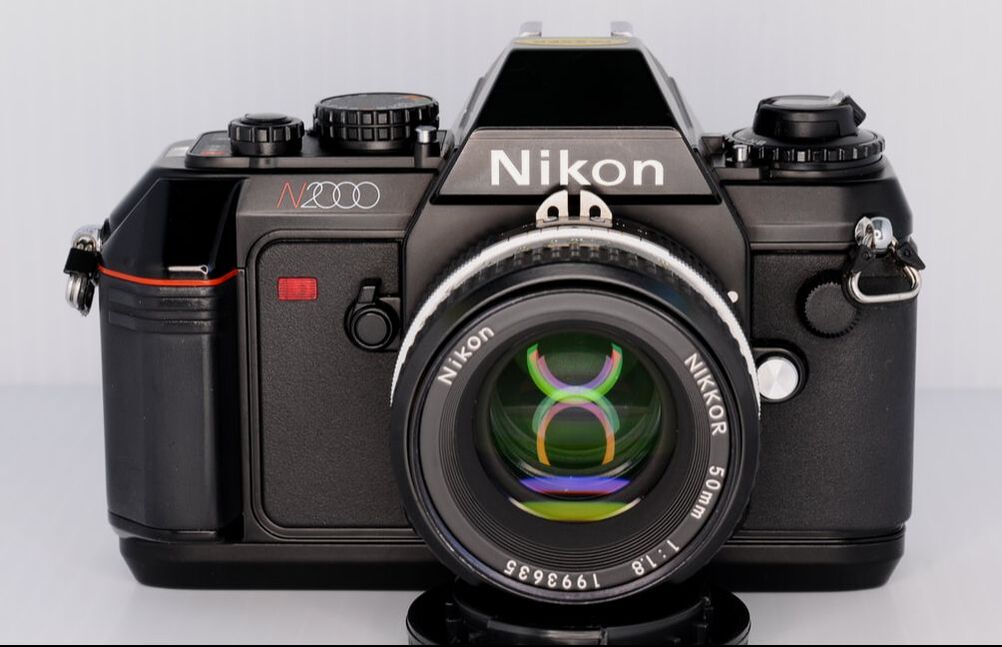
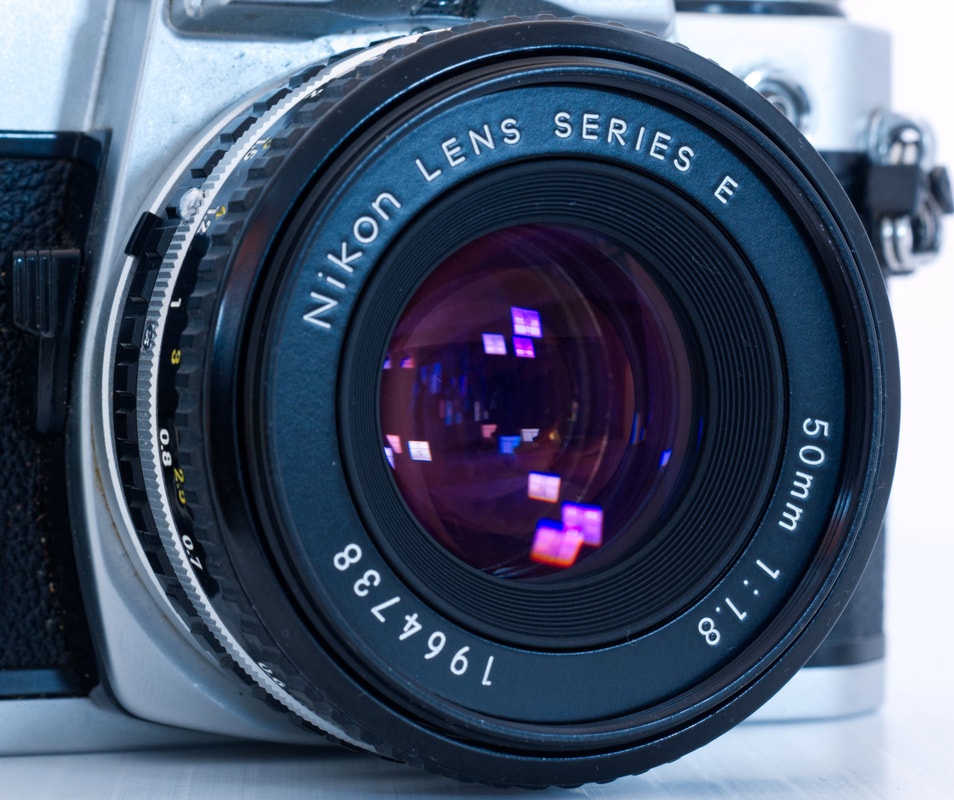
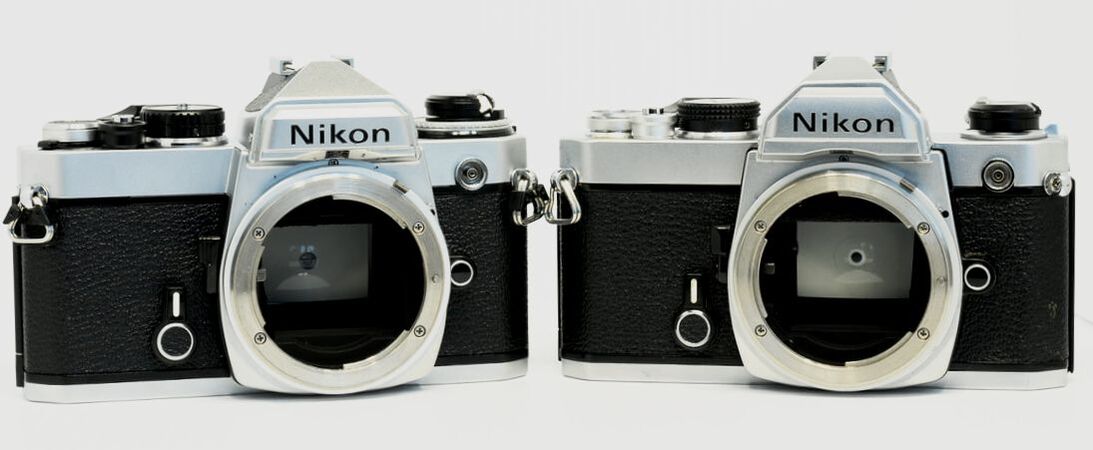
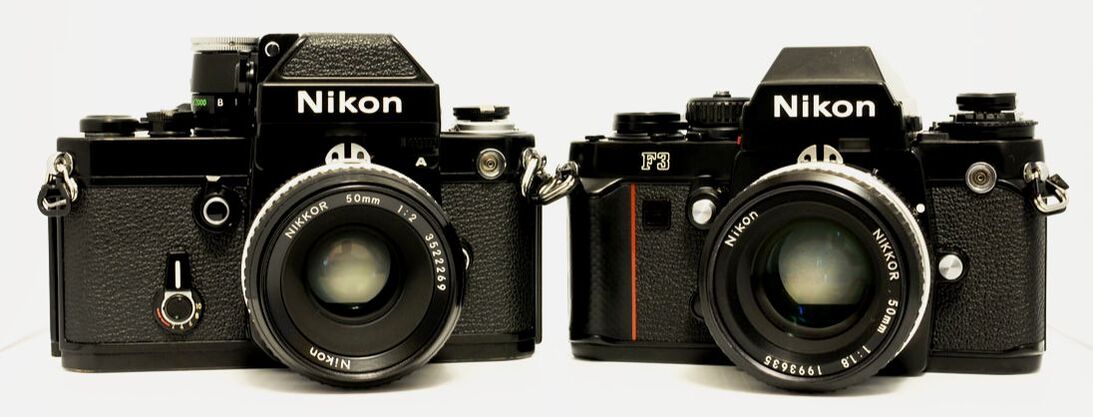
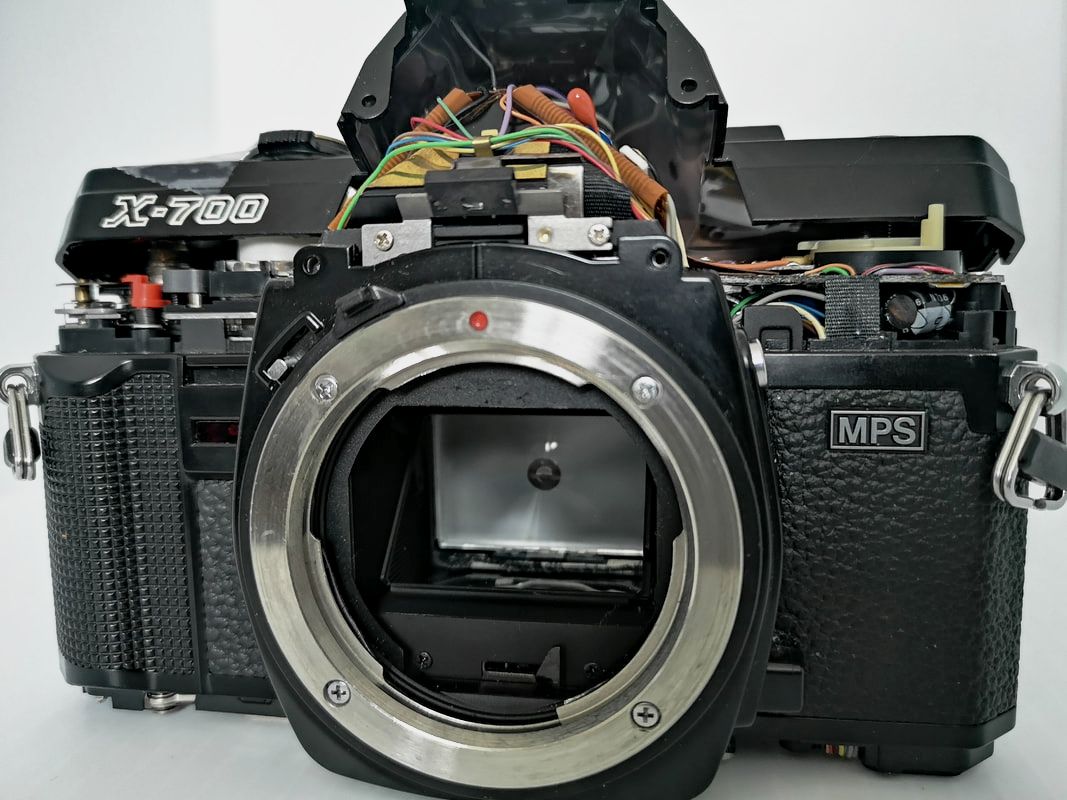
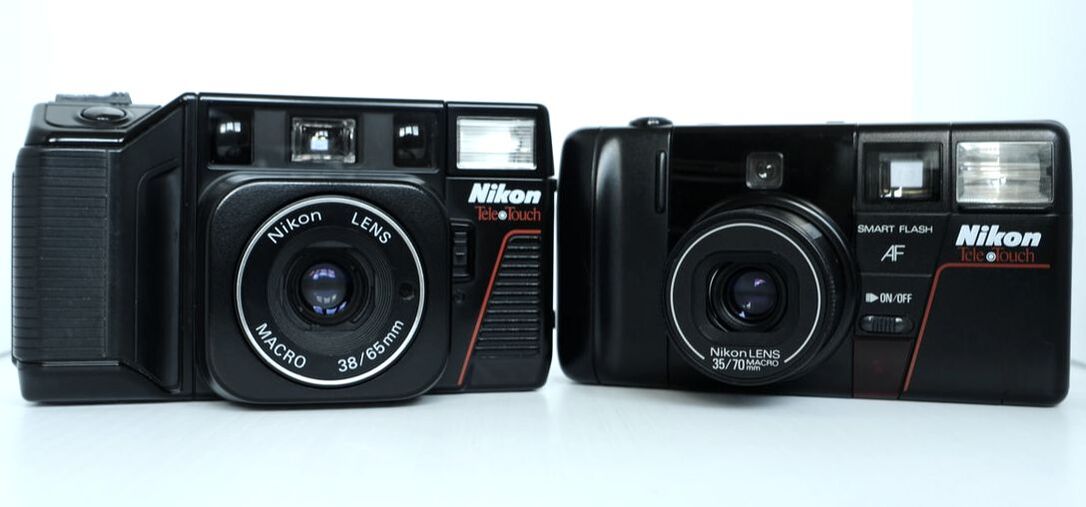
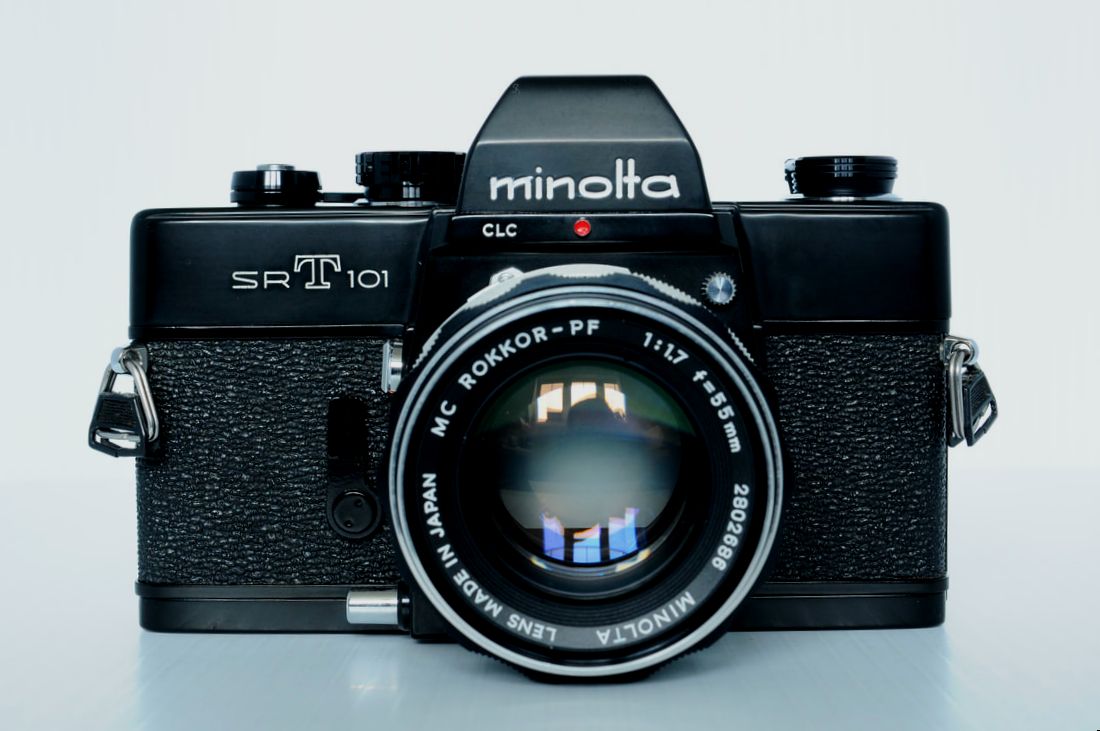
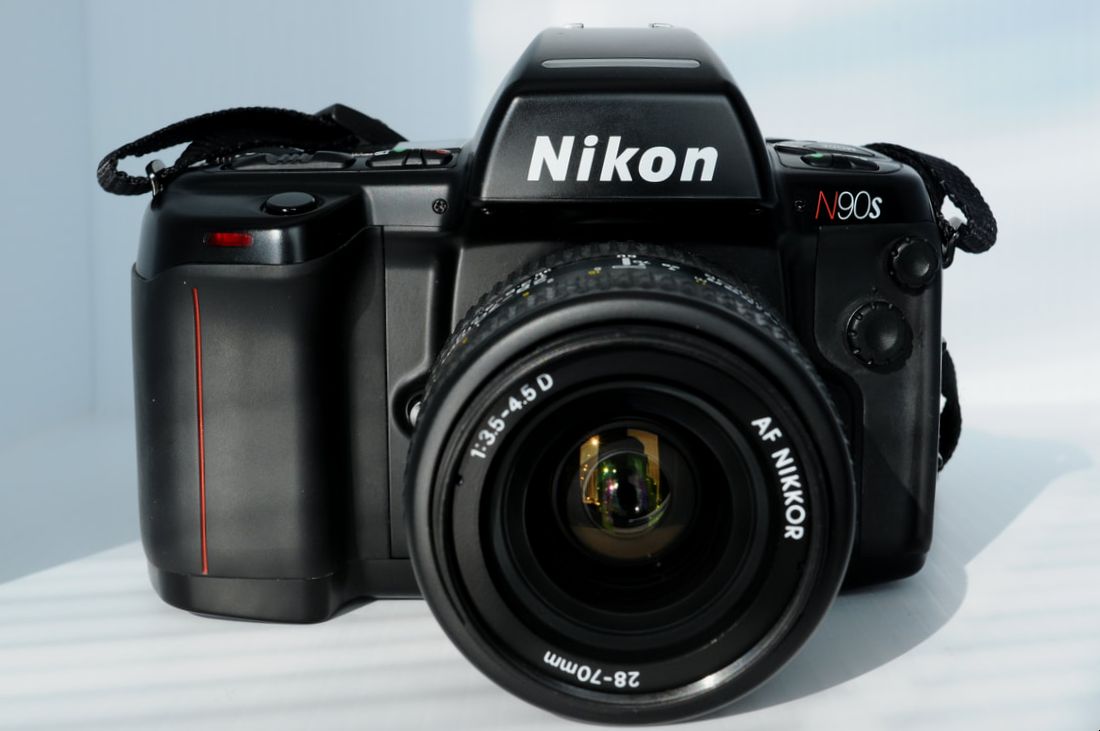
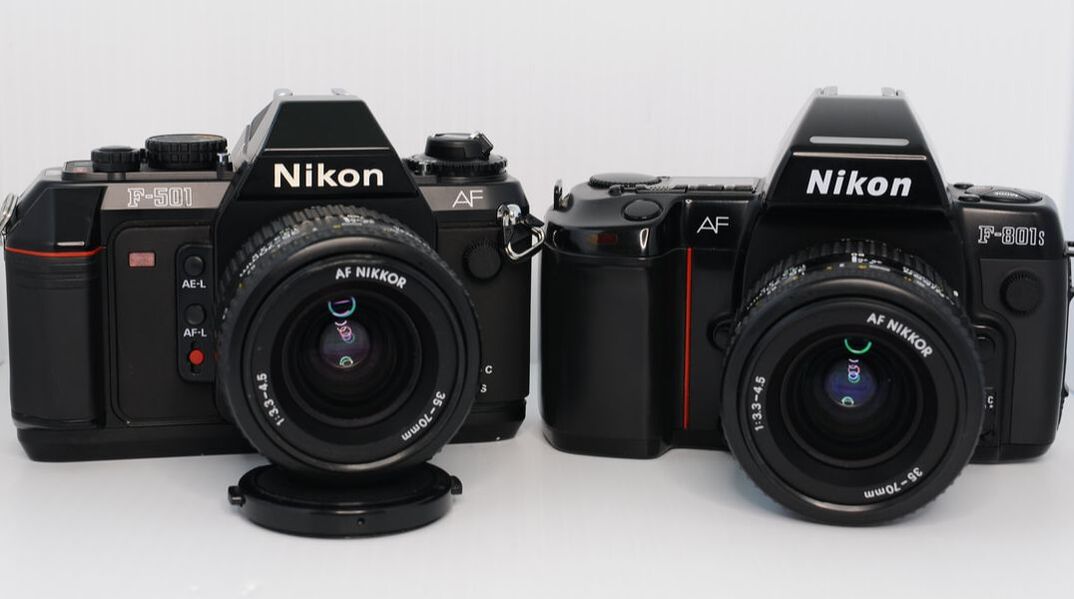
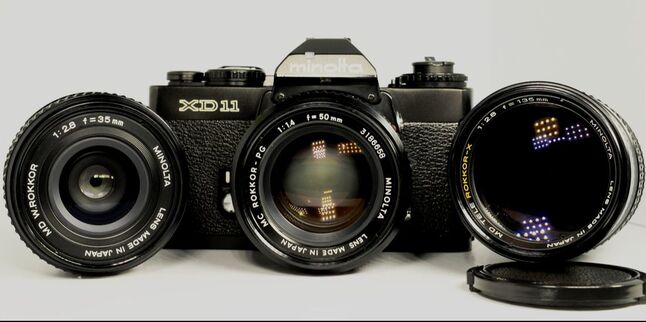
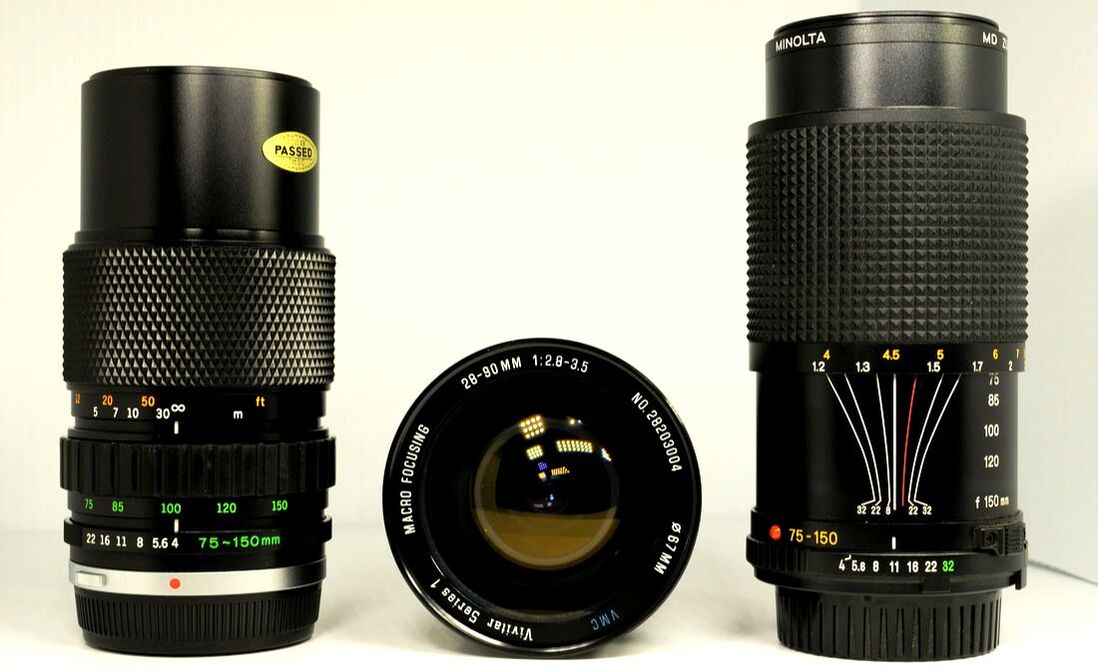
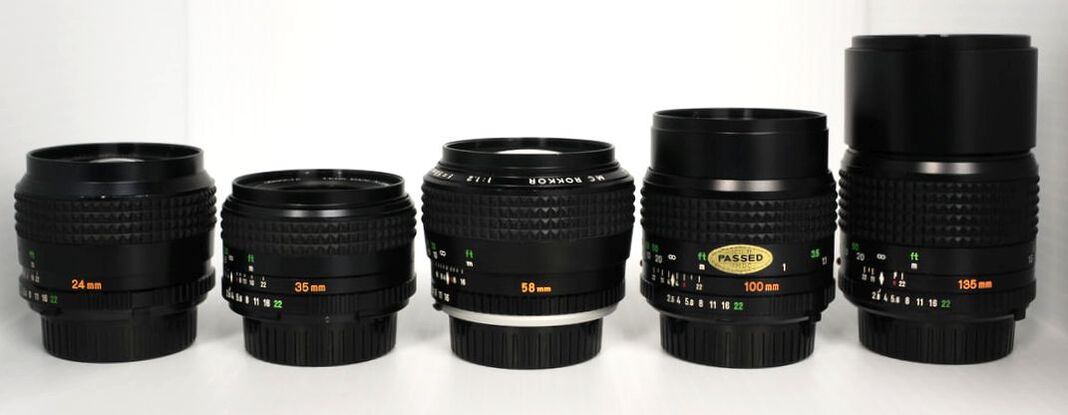
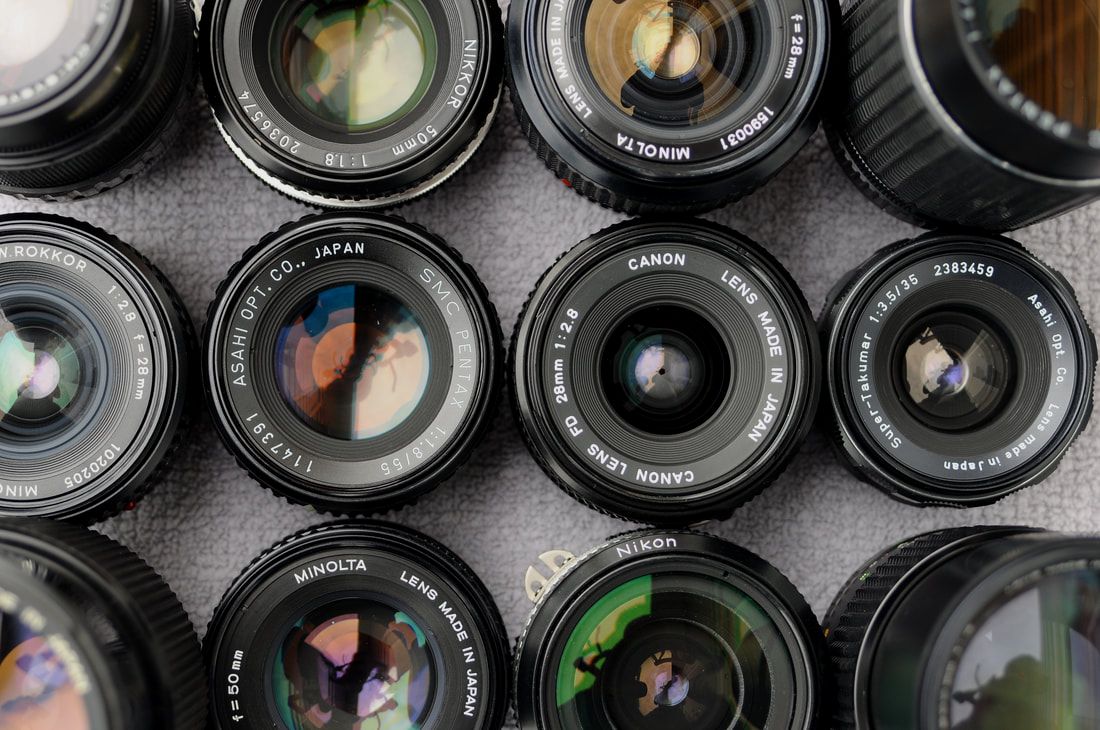
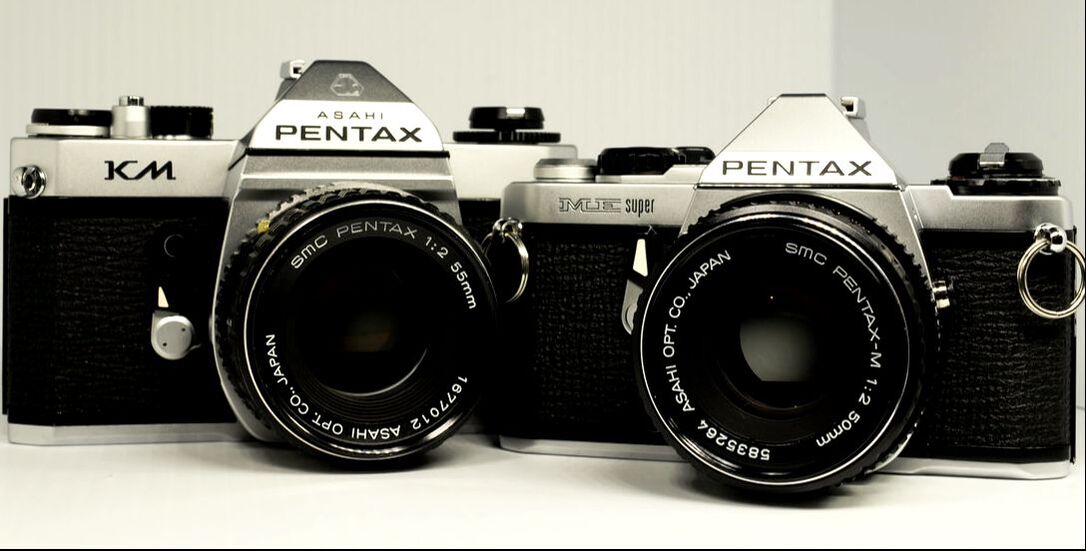
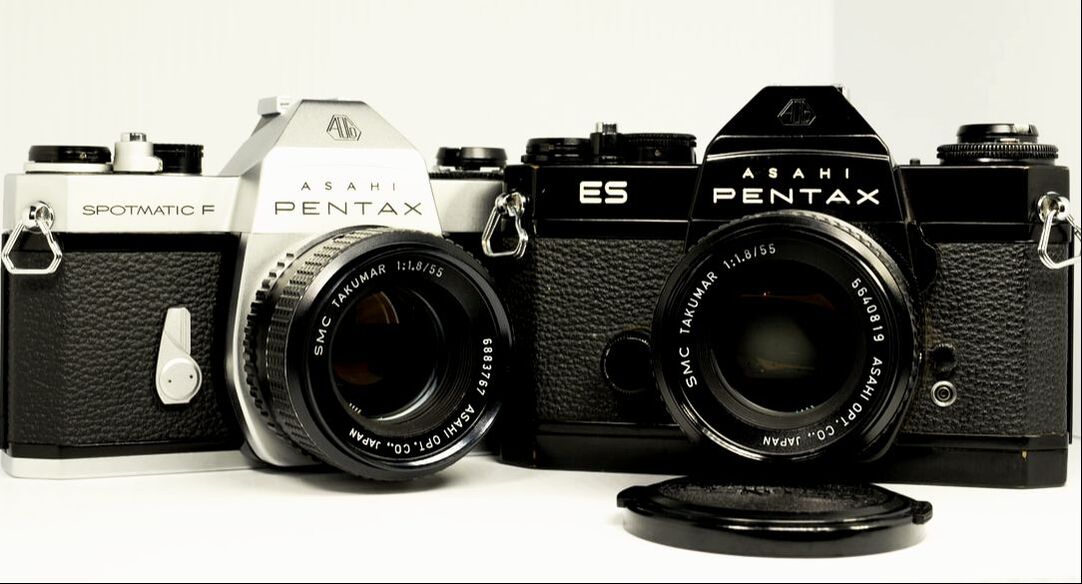
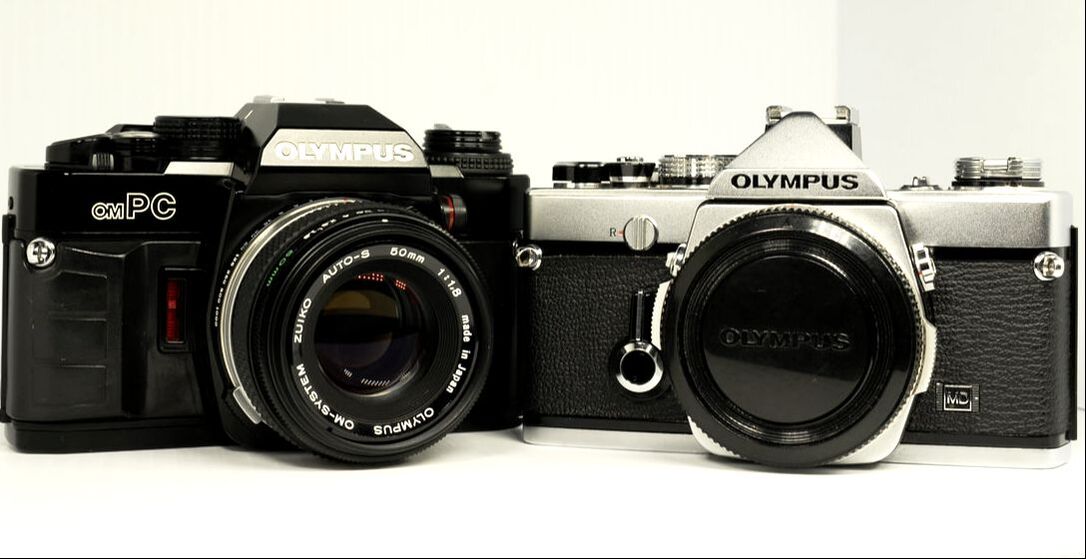
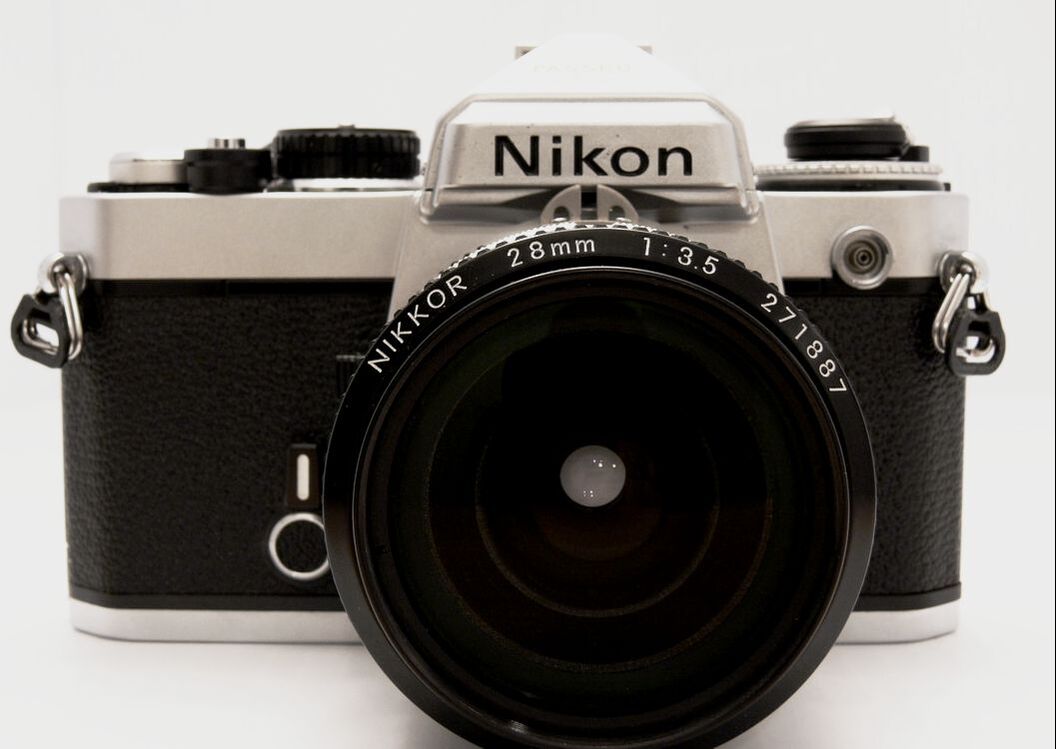
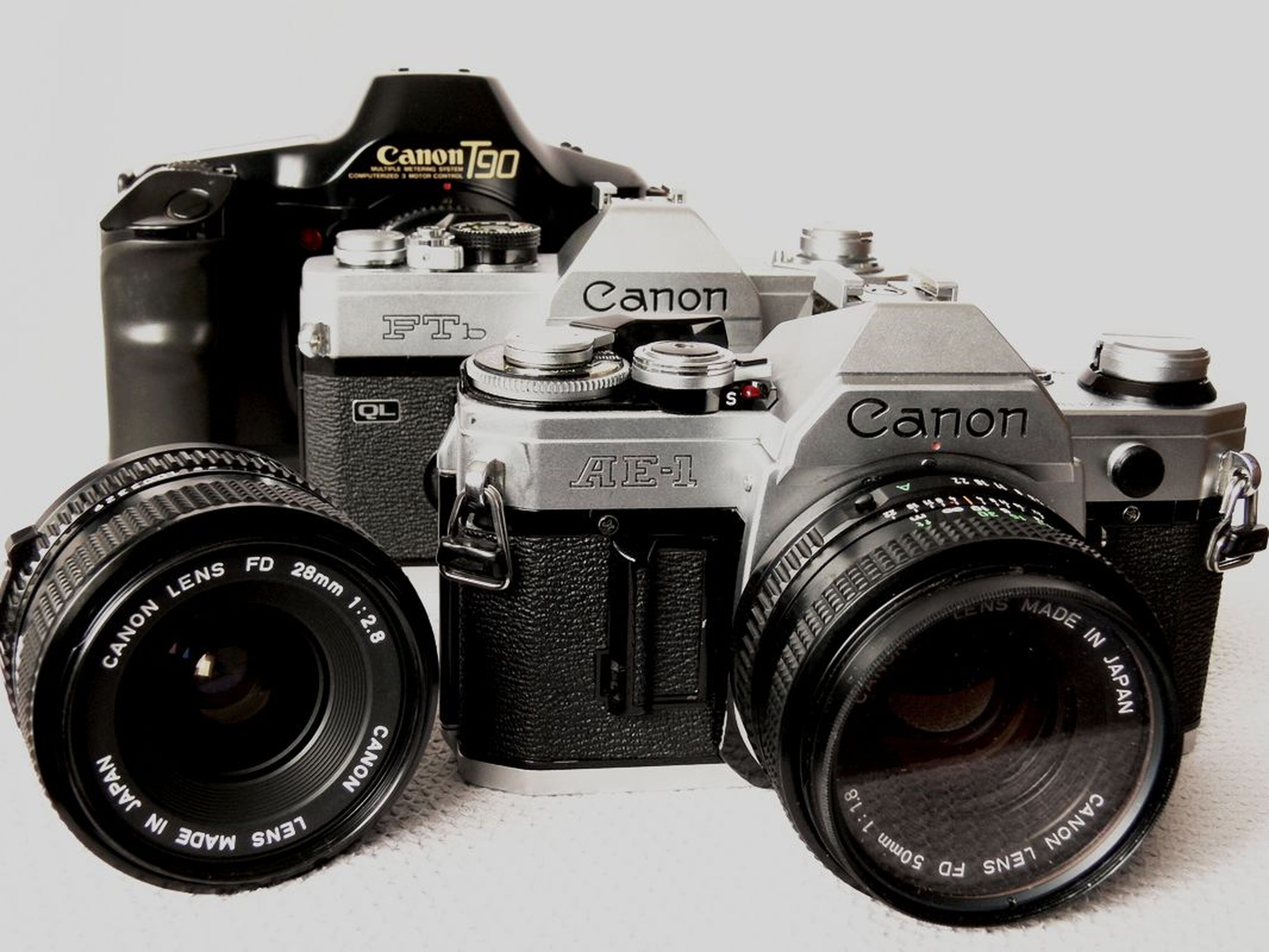
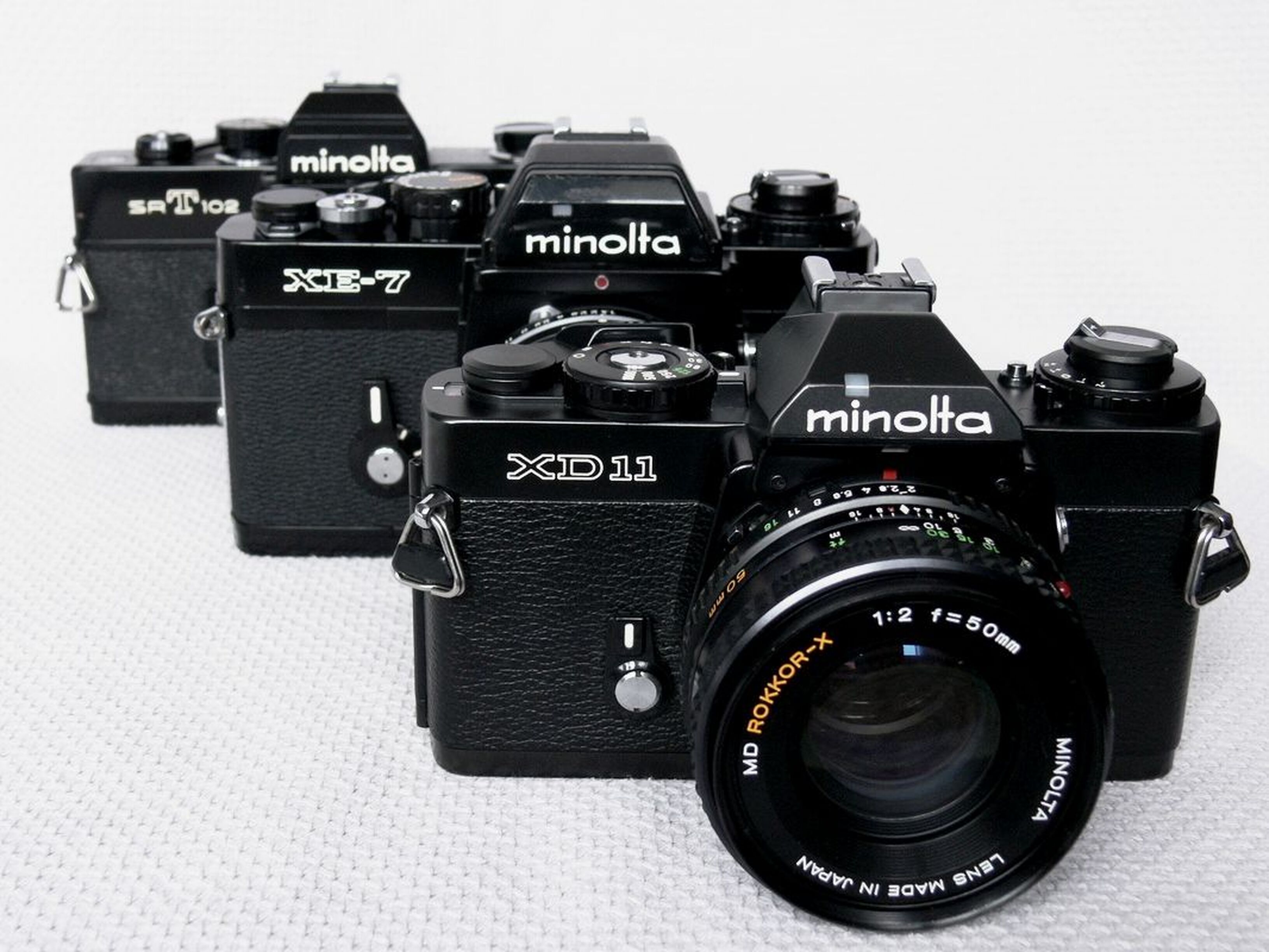
 RSS Feed
RSS Feed